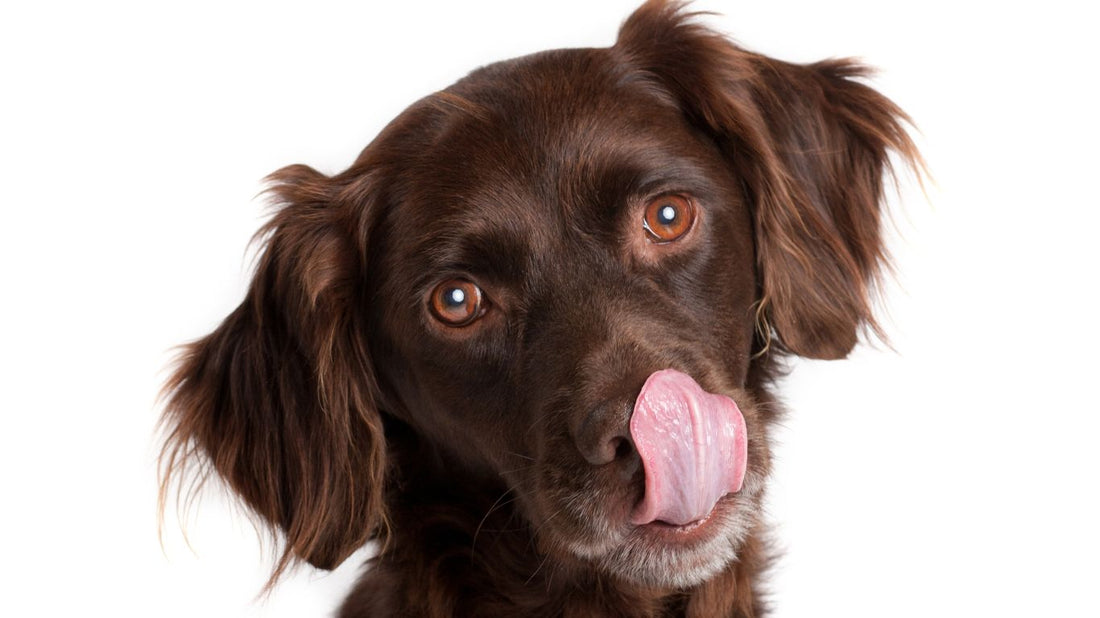
Are Pig Ears Good for Dogs?
Share
Table of Contents
Wondering 'Are Pig Ears Good for Dogs?' The answer is pig ears can be a popular chew treat for dogs, and many dogs enjoy them because of their flavor and chewiness. However, there are a few things to consider before giving pig ears to your pet, such as their nutritional benefits, potential risks, and how to choose safe, high-quality options.
Let's check it out in this blog post.
1. Benefits of Pig Ears for Dogs
Pig ears provide several benefits that can make them a good occasional treat for many dogs:
- Natural Chew: Chewing on pig ears can help satisfy a dog’s natural urge to chew, which is especially helpful for puppies or high-energy dogs.
- Dental Health: Chewing on pig ears can help reduce plaque and tartar buildup, contributing to better oral health.
- Protein and Fat: Pig ears are high in protein, which is essential for muscle maintenance. They’re also a natural source of fat, which provides energy and helps keep your dog’s coat shiny.
- Long-Lasting Entertainment: For many dogs, pig ears offer a long-lasting, engaging chew experience, which can help prevent boredom.
According to PetMD, chewing treats like pig ears can support dental health, but it’s essential to watch your dog to make sure they’re chewing safely.

2. Potential Risks of Pig Ears for Dogs
While pig ears can be a healthy treat in moderation, there are some risks to consider:
- High in Fat: Pig ears are naturally fatty, so they’re high in calories. If given too frequently, they can lead to weight gain, especially in less active or small dogs. Dogs with weight issues or conditions like pancreatitis should avoid pig ears.
- Choking Hazard: Large pieces of pig ears can break off while chewing and become a choking hazard, particularly for smaller dogs or aggressive chewers. Always supervise your dog with any chew treat to ensure safety.
- Risk of Bacterial Contamination: Pig ears can carry bacteria like Salmonella. Some pet stores carry pig ears that are pre-treated to reduce bacteria, but it’s essential to buy from reputable sources and practice good hygiene.
- Digestive Upset: Some dogs may experience upset stomachs, diarrhea, or vomiting after eating pig ears, particularly if they are not used to high-fat treats.
3. How to Choose Safe Pig Ears for Dogs
Choosing high-quality pig ears from reputable sources can help minimize risks. Here’s what to look for:
- Sourced from Trusted Retailers: Look for pig ears made by reputable brands and sold by trustworthy pet stores, either online or in person. Avoid pig ears from unknown sources, as these may carry a higher risk of contamination.
- Natural and Preservative-Free: Choose pig ears without added preservatives, flavoring, or artificial colors. Plain, unseasoned pig ears are best for dogs.
- Avoid Smoked or Highly Processed Options: Smoking or heavily processing pig ears can add harmful chemicals. It’s better to stick with plain, minimally processed options.
- Size Appropriate: Select pig ears that are appropriate for your dog’s size. Small dogs may need smaller pieces or strips rather than full ears to chew safely.
4. How Often Can Dogs Have Pig Ears?
Because of their high fat content, pig ears should be given as an occasional treat rather than a daily snack. Most experts recommend feeding pig ears to dogs once or twice a week at most.
For smaller dogs, one pig ear may be too much, so you can cut it into smaller portions. Always adjust the rest of your dog’s diet to account for the extra calories from pig ears.
5. Alternatives to Pig Ears
If you’re looking for other natural chews that may be lower in fat, here are some alternatives:
- Beef Trachea: Natural, chewy, and high in glucosamine, which supports joint health.
- Bully Sticks: Lower in fat than pig ears and long-lasting, but still tasty and enjoyable for most dogs.
- Rawhide Alternatives: Made from natural ingredients without the risks of traditional rawhide. Always look for natural, high-quality products.
- Carrot Sticks or Apple Slices: Crunchy, low-calorie alternatives for dogs with sensitive stomachs or those on a diet.

6. Frequently Asked Questions (FAQs)
Q: Can puppies eat pig ears?
A: Yes, but only in small amounts and under close supervision. Pig ears can be hard on a puppy’s stomach due to the high fat content, so introduce them gradually.
Q: Are pig ears safe for dogs with allergies?
A: Pig ears are not a common allergen, but dogs with specific allergies or sensitive stomachs may react to them. If your dog has a history of food allergies, consult your vet first.
Q: Can pig ears be frozen?
A: Yes, freezing pig ears can help kill bacteria, but always let them thaw slightly before giving them to your dog to prevent tooth damage.
Q: Are pig ears better than rawhide?
A: Many pet owners prefer pig ears over rawhide since they are easier for dogs to digest. However, they still require supervision while chewing to prevent choking.
Q: What should I do if my dog swallows a large piece of pig ear?
A: If your dog swallows a large piece, monitor them for signs of choking, vomiting, or difficulty breathing. If any of these symptoms occur, contact your vet immediately.
7. Conclusion
Pig ears can be a tasty and beneficial chew treat for many dogs, helping with dental health, keeping dogs entertained, and satisfying their natural urge to chew. However, due to their high fat content and potential for bacterial contamination, it’s essential to choose high-quality, natural pig ears and to supervise your dog while they chew. In moderation, pig ears can be a safe and enjoyable treat for your furry friend.
Sources:
- American Kennel Club (AKC): https://www.akc.org
- PetMD: https://www.petmd.com
For more articles on what your dog can eat, check out our blog! Discover safe, nutritious treats, feeding tips, and expert advice for a healthy, happy pup.
